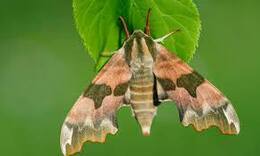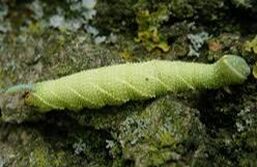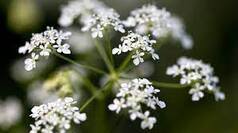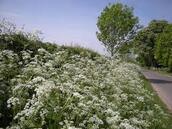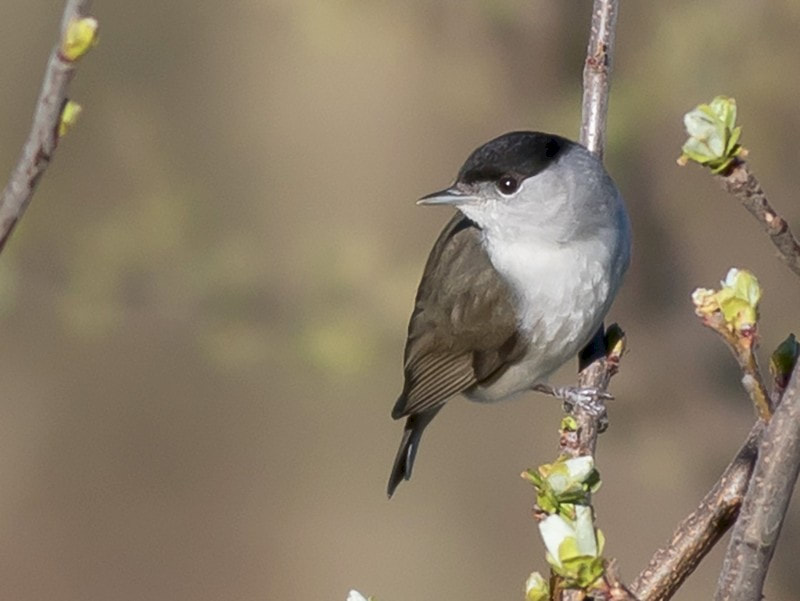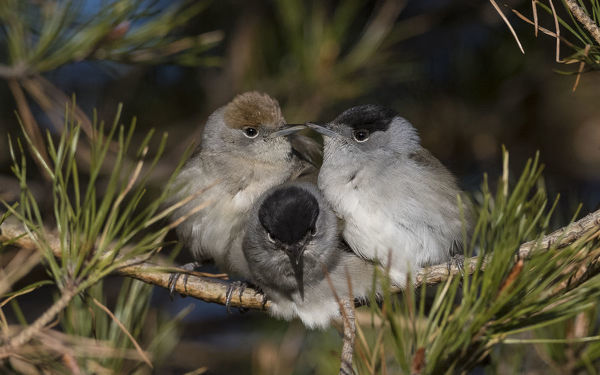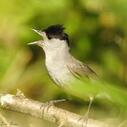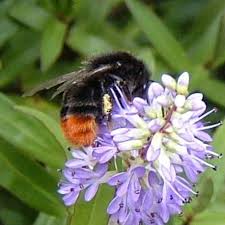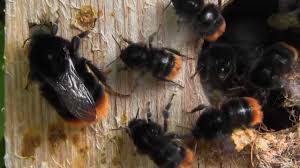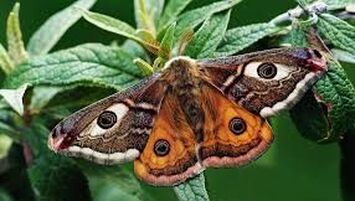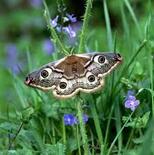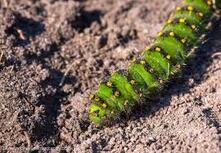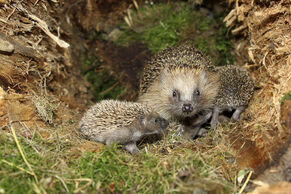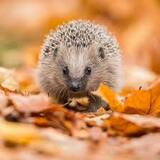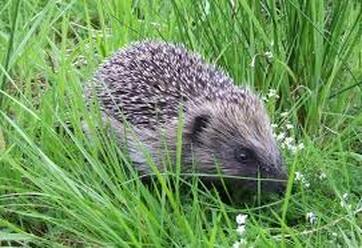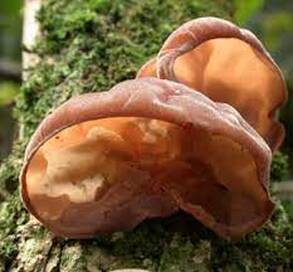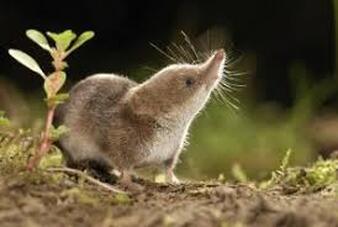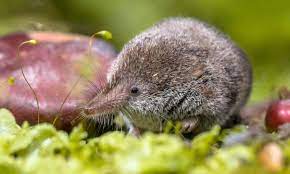Lime hawk-moth (Mimas tiliae)One of our best-looking moths, the lime hawk-moth launches on warm May evenings. Its distinctive scalloped wings and bold pattern that ranges from green to chestnut are quite a statement, but also make it harder to spot when resting among dappled leaves or against tree trunks during the day. After some weeks feasting in the canopy, their large, stripy, yellow-and-green offspring, which are topped off with a blue ‘tail horn’, descend to the ground. The caterpillars can often be spotted on pavements or among vegetation in late summer, as they seek a safe place to pupate. Once they have found a suitable spot in soil or leaf litter they will remain there until May, when they are ready to rise again.
|
Cow parsley (Anthriscus sylvestris)Cow parsley fills the verges of country lanes with ‘white froth’ during May. It is one of the earliest to bloom in a sequence of similar-looking wildflowers in the carrot family, characterised by clusters of delicate flowers, reminiscent of an umbrella (giving them their alternative name of umbellifers). Their open flowers are a magnet for insects, including hoverflies and bees.
|
Blackcap (Sylvia atricapilla)Aim to be in place by 5am – a woodland or park is ideal, but every habitat has a dawn chorus. Among the multitude of robins, wrens, thrushes and tits, one abundant warbler you are almost bound to hear is the blackcap, whose song is so sweet and sustained that it is often mistaken for a nightingale.
|
Emperor moth (Saturnia pavonia)The wings of this large, spring beauty sport two pairs of ‘eye spots’ reminiscent of the roundels on old RAF aircraft. Perhaps, like those of the peacock butterfly, they startle or intimidate predators. When a male moth opens its hind wings, there is also a startling flash of bright orange. Emperor moths are widespread and not especially scarce but, to glimpse one, your best bet is to stroll across a heath, moor or another sandy, scrubby habitat in fine spring sunshine. Male emperors fly by day – and strongly, too – so, at first, you might think you’ve spotted a butterfly. By contrast, the ‘empresses’ emerge after dark. Neither sex has mouthparts, meaning their time in this world is limited – they meet, mate, then die.
|
Jelly ear (Auricularis auricula-judae)Some fungi produce fruiting bodies year-round, and jelly ear is one. It grows weird, rubbery mounds on elder bushes and is most visible in winter and spring, being tough enough to survive frosts. The squidgy structures have an unsettling resemblance to wrinkly old human ears. Jelly ear is proof that, while we associate fungi with autumn, hyphae never stop. Hyphae are the mass of tangled fungal threads spreading unseen through wood, plant matter and earth in unimaginably vast numbers, harvesting nutrients for the parent organism.
|
Pygmy shrew (Sorex minutus)This is easily the dinkiest British land mammal, usually no heavier than 6g. Close up, its long snout recalls a tiny tapir, albeit one with twitching whiskers and pinprick eyes. But the pygmy shrew is seldom glimpsed alive, as it spends spring and summer deep in the forest of grass stalks. A hyperactive lifestyle burns the calories, yet the shrew has little in reserve, so must hunt more or less nonstop, consuming one-and-a-quarter times its body weight in insects and spiders every day.
|
All information from , British wildlife in April | BBC Wildlife Magazine - Discover Wildlife
